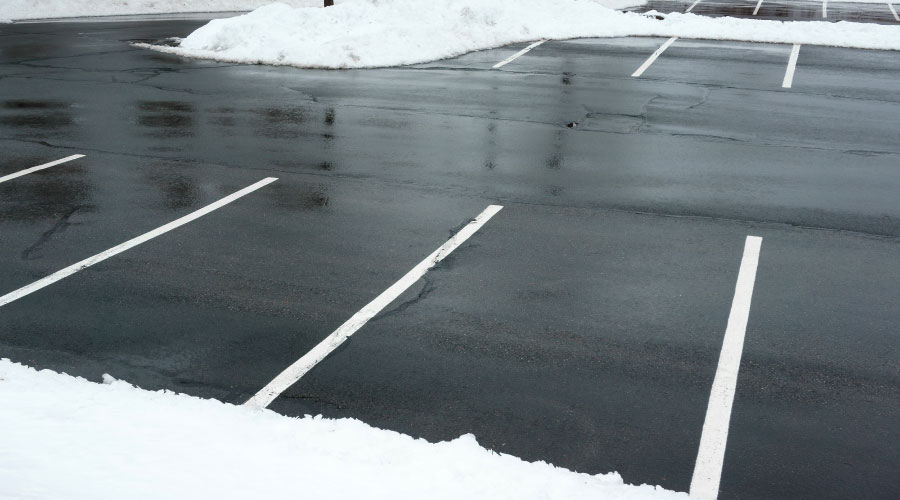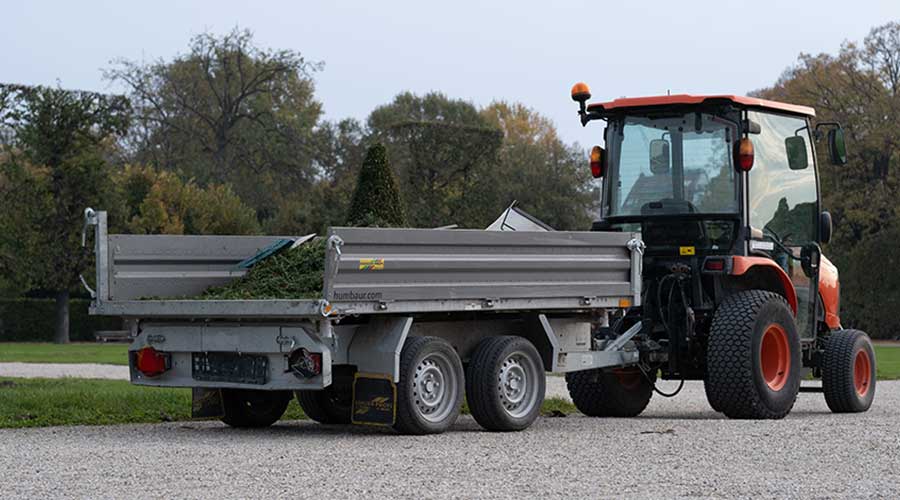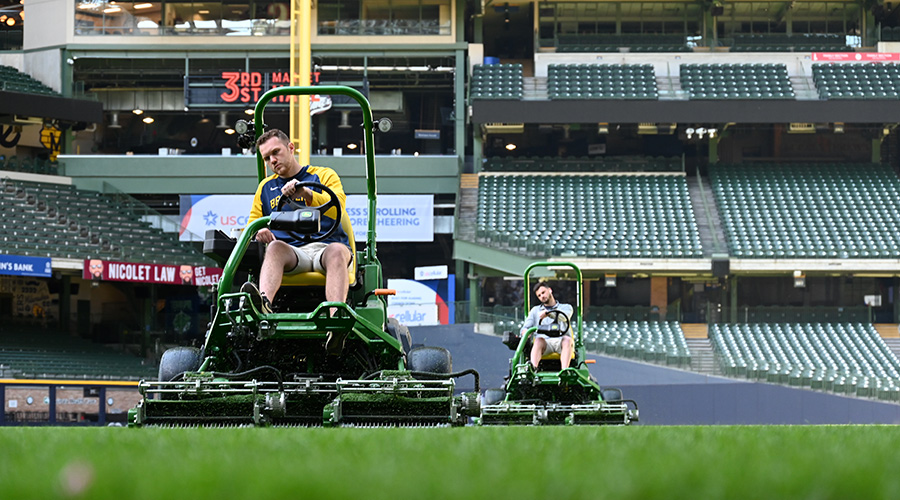Plant Specification: What is the Impact on Maintenance?
McIntyre and his staff joined the effort by reviewing the architect's initial set of plans for the site, and McIntyre immediately suggested changes.
"The original design had a lot of ivy, and that wasn't practical," he says. "It would have been a nightmare to get weeds out of those areas." Instead, McIntyre suggested replacing the ivy with sod and adding flower beds to the site, as well as boulders to the park's hillside.
"The boulders add to the overall look, and they give us a platform to work on," he says.
A review of the updated plans, including an onsite visit to the park, resulted in more fine-tuning to enhance the site's appearance and maintainability.
The finished product has helped the medical center and university build stronger ties to both the surrounding community and to existing business partners. For example, Duquesne Light, the local utility, provided and installed new light-emitting diode (LED) lighting to enhance the safety of the area that previously had been a dark and unused site after dark. Also, police call boxes now provide a secure location for visitors, and outdoor charcoal grills were installed.
"Like any project of this scope, the planning is the most important part," McIntyre says. "You need to know what you want the end product to look like." He also stresses managers planning to undertake similar projects need to think carefully about which tasks to handle in-house and those to turn over to contractors.
"If you're not going to do the work in-house, you have to be very careful about who you bring in," he says. Managers must be sure contractors, as well as in-house crews, are qualified to complete their assigned tasks.
"We did all of the installation of the sods, trees, shrubs," McIntyre says, in part because of cost considerations. "We saved a lot of money by doing it in-house instead of having a contractor do it. Our crews are very capable of doing this kind of work."
Crews involved in the Cross Roads Park project also attended a series of sustainable-planting workshops that addressed a range of issues. For example, crews applied lessons from the workshops to the plant-selection process and to the review of plans for storm-water retention — an especially important issue because the park is located in an older area of the city, where the infrastructure already is aging and taxed.
Maintenance Challenges
The park has completed its first full year in its rehabilitated state, and though relatively small, it has presented crews with a few challenges related to maintaining the space.
"They are the same challenges people often run into in urban settings, especially when there are a lot of buildings around," McIntyre says. "These are not ideal growing conditions."
The park's orientation helps ease some potential problems associated with turf.
"The lawn area faces east, so it doesn't get a lot of heavy sun," he says.
Crew members mow the park's turf using two self-propelled mowers and can finish the job in about an hour and a half, he says. They also are responsible for maintaining flower beds, trees, and bushes, and they oversee the irrigation system, which has eased the crews' workload a bit by minimizing the need for manual watering.
As for adding the park to the department's workload, "I'm not losing a tremendous amount of man-hours,"McIntyre says. One difficulty related to the renovated park has been snow removal, in part because the space contains a long set of steps and four terraces.
Says McIntyre, "It takes longer to clean (the park) up than to clean other areas of the hospital."
Related Topics:












